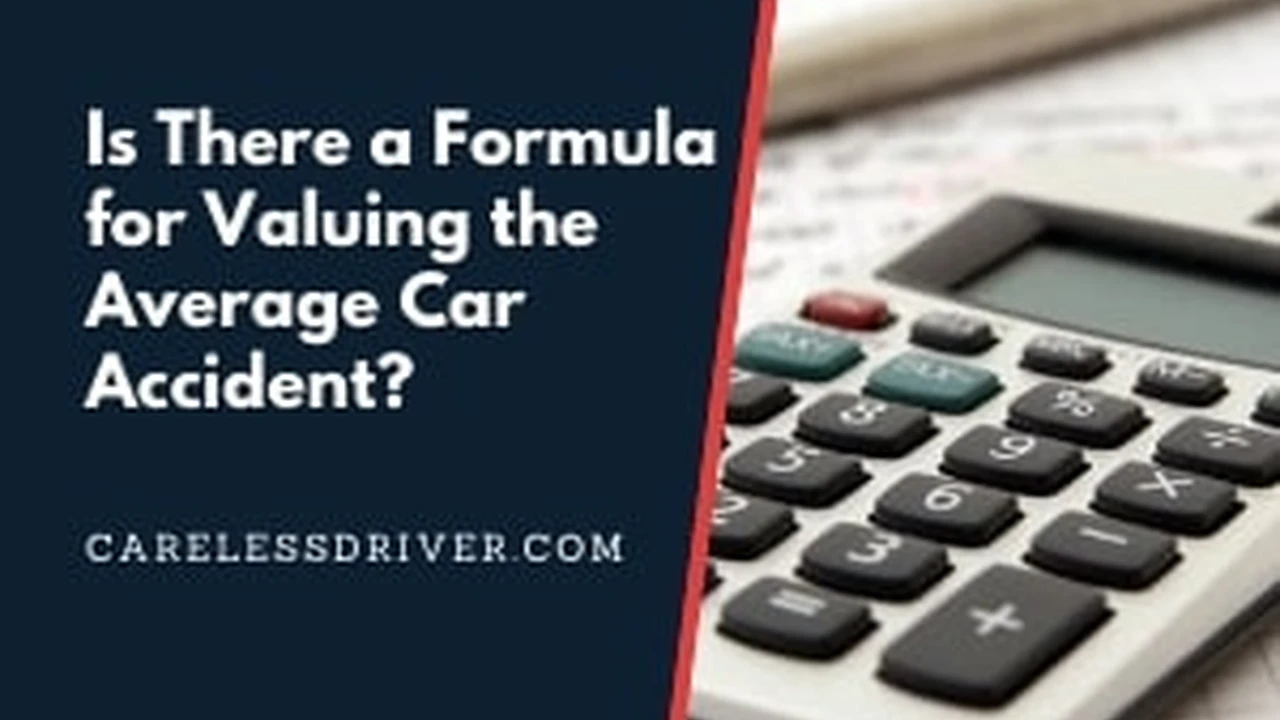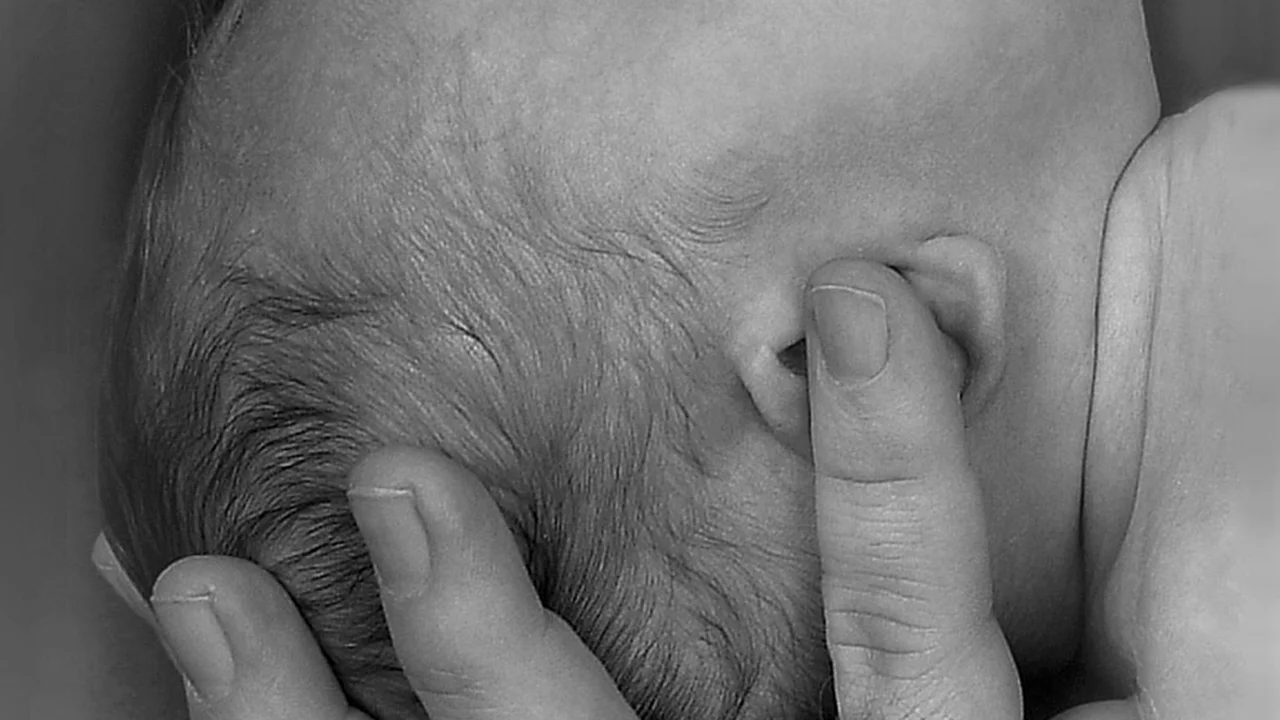Calculating Workplace Injury Settlement
How personal injury lawyers assess the value of a workplace accident settlement.

How personal injury lawyers assess the value of a workplace accident settlement.
Calculating Workplace Injury Settlement
Getting injured at work can turn your life upside down. Beyond the physical pain and emotional stress, there's the financial burden of medical bills, lost wages, and potentially a long road to recovery. If you've suffered a workplace injury, you're probably wondering, "How much is my case worth?" This is a crucial question, and understanding how personal injury lawyers assess the value of a workplace accident settlement is key to ensuring you receive fair compensation. It's not a simple calculation, as many factors come into play, and every case is unique. Let's break down the components that contribute to a workplace injury settlement, from economic damages to non-economic losses, and even delve into some specific scenarios and tools that can help.
Understanding Economic Damages in Workplace Injury Claims
Economic damages are the most straightforward part of a workplace injury settlement to calculate because they represent tangible financial losses. These are often referred to as 'special damages' and can be precisely quantified with receipts, invoices, and wage statements. When your personal injury lawyer evaluates your case, they'll meticulously gather all documentation related to these costs.
Lost Wages and Earning Capacity After Workplace Accidents
One of the most significant economic damages in a workplace injury claim is lost wages. This includes not only the income you've already lost due to being unable to work but also future lost earnings if your injury prevents you from returning to your previous job or working at the same capacity. Your lawyer will look at your past pay stubs, tax returns, and employment history to establish your earning potential. If your injury results in a permanent disability or a reduced ability to earn, they might consult with vocational experts or economists to project your future lost earning capacity. This can be a substantial part of your settlement, especially for younger individuals with many years left in their career.
Medical Expenses and Future Medical Care for Workplace Injuries
Medical expenses are another major component. This covers everything from emergency room visits, doctor's appointments, surgeries, medications, physical therapy, and rehabilitation. It's not just about the bills you've already incurred; your lawyer will also consider the cost of future medical care. This might include ongoing therapy, future surgeries, assistive devices (like wheelchairs or prosthetics), or long-term care. Medical experts are often consulted to provide prognoses and estimate these future costs, ensuring that your settlement adequately covers your long-term health needs.
Other Out-of-Pocket Expenses Related to Workplace Injuries
Beyond wages and medical bills, there are often other out-of-pocket expenses that can be included in your economic damages. These might include transportation costs to and from medical appointments, home modifications if your injury requires them (e.g., ramps, wider doorways), or even the cost of household services you can no longer perform yourself (e.g., cleaning, yard work). Keeping detailed records of all these expenses is crucial for your lawyer to build a strong case.
Assessing Non-Economic Damages in Workplace Injury Settlements
Non-economic damages, often called 'general damages,' are more challenging to quantify because they represent intangible losses. However, they are a very real and often significant part of a workplace injury settlement. These damages aim to compensate you for the impact your injury has had on your quality of life.
Pain and Suffering from Workplace Accidents
Pain and suffering is a broad category that includes physical pain, emotional distress, discomfort, and mental anguish caused by your workplace injury. This can range from chronic pain to anxiety, depression, and even PTSD. There's no exact formula for calculating pain and suffering, but lawyers often use methods like the 'multiplier method' (multiplying economic damages by a factor of 1.5 to 5, depending on severity) or the 'per diem method' (assigning a daily value for pain from the date of injury until maximum medical improvement). The severity and duration of your pain, as well as its impact on your daily life, will heavily influence this amount.
Loss of Enjoyment of Life Due to Workplace Injuries
If your workplace injury prevents you from participating in hobbies, recreational activities, or other aspects of life you once enjoyed, you can claim damages for loss of enjoyment of life. This could mean being unable to play with your children, pursue a favorite sport, or even perform simple daily tasks without difficulty. Your lawyer will help you articulate how your injury has diminished your ability to enjoy life, often through your testimony and that of your loved ones.
Emotional Distress and Mental Anguish After Workplace Incidents
Workplace injuries can lead to significant emotional distress, including fear, anxiety, depression, and even post-traumatic stress disorder (PTSD). These psychological impacts are just as real as physical injuries and can be debilitating. Documentation from therapists, psychiatrists, or other mental health professionals can be crucial in proving these damages. The more severe and long-lasting the emotional distress, the higher the potential compensation.
Factors Influencing Workplace Injury Settlement Value
Beyond the specific types of damages, several other factors can significantly influence the overall value of your workplace injury settlement. Your personal injury lawyer will consider all these elements when negotiating on your behalf.
Severity of Injury and Long-Term Impact on Workplace Accident Claims
The more severe your injury and the greater its long-term impact on your life, the higher your potential settlement. A minor sprain will typically result in a lower settlement than a catastrophic injury like a spinal cord injury or traumatic brain injury, which can lead to lifelong disability and extensive medical needs. The permanency of your injury and whether it affects your ability to work or perform daily activities are critical considerations.
Clear Evidence of Employer Negligence in Workplace Incidents
While workers' compensation is a no-fault system, meaning you can receive benefits regardless of who was at fault, proving employer negligence can open the door to additional claims beyond workers' comp, such as a personal injury lawsuit against a third party or, in some cases, against the employer directly if they acted with gross negligence or intentional misconduct. Strong evidence of negligence, such as safety violations, lack of proper training, or defective equipment, can significantly increase your settlement value.
Jurisdiction and Applicable Laws for Workplace Injury Cases
The laws governing workplace injuries can vary significantly depending on your location. In the USA, each state has its own workers' compensation laws, and some states have different rules regarding personal injury lawsuits. In Southeast Asia, laws can differ widely between countries like Singapore, Malaysia, Thailand, and the Philippines. Your lawyer will be well-versed in the specific laws of your jurisdiction, including statutes of limitations (deadlines for filing claims) and any caps on damages, which can impact your settlement.
Insurance Policy Limits and Coverage for Workplace Accidents
The amount of insurance coverage available can also affect your settlement. Employers are typically required to carry workers' compensation insurance. If you're pursuing a third-party claim, the at-fault party's liability insurance limits will play a role. While your damages might be very high, the maximum amount you can recover might be limited by the available insurance coverage. Your lawyer will investigate all potential insurance policies to maximize your recovery.
Strength of Evidence and Documentation in Workplace Injury Claims
A strong case is built on strong evidence. This includes medical records, accident reports, witness statements, photographs or videos of the accident scene, expert testimony, and documentation of all your financial losses. The more compelling and comprehensive your evidence, the stronger your negotiating position and the higher your potential settlement. Your lawyer will guide you through the process of gathering and preserving this crucial evidence.
Specific Scenarios and Tools for Workplace Injury Settlement Calculation
Let's look at some specific types of workplace injuries and how their settlement values might be approached, along with some general tools that can help in the estimation process.
Construction Accident Settlements and High-Risk Workplace Injuries
Construction sites are inherently dangerous, leading to some of the most severe workplace injuries. Settlements for construction accidents often involve significant amounts due to the high potential for catastrophic injuries like falls from heights, crush injuries, or electrocution. These cases frequently involve multiple parties, including general contractors, subcontractors, and equipment manufacturers, which can lead to complex third-party claims in addition to workers' compensation. The severity of injuries, extensive medical treatment, and long-term disability often drive these settlements higher.
Office Workplace Injury Settlements and Repetitive Strain Injuries
While often less dramatic than construction accidents, office workplace injuries can still lead to substantial settlements. Repetitive strain injuries (RSIs) like carpal tunnel syndrome, back pain from poor ergonomics, or even stress-related conditions can develop over time. Proving the link between these conditions and the workplace can be challenging but is crucial. Settlements for RSIs often focus on medical treatment, physical therapy, and potential lost earning capacity if the injury prevents continued work in the same role. The key is demonstrating that the employer failed to provide a safe working environment or ignored complaints.
Chemical Exposure Workplace Injury Claims and Long-Term Health Effects
Workplace injuries from chemical exposure can be particularly complex due to the potential for delayed onset of symptoms and long-term health effects, including various cancers, respiratory illnesses, or neurological damage. Settlements in these cases often need to account for decades of potential future medical care, monitoring, and loss of life expectancy. Expert medical testimony is vital to establish the causal link between the exposure and the illness, and to project future costs. These cases can be very high-value due to the severe and chronic nature of the injuries.
Using Online Calculators and Legal Resources for Initial Estimates
While no online calculator can give you an exact settlement figure (because every case is unique and depends on so many variables), some online resources can provide a very rough initial estimate. These tools typically ask for basic information like your medical expenses, lost wages, and a subjective assessment of your pain and suffering. They often use a multiplier method to give you a range. For example, a simple search for 'personal injury settlement calculator' might bring up tools from legal firms. Remember, these are just starting points and should never replace a consultation with an experienced personal injury lawyer. They don't account for the nuances of your specific case, the strength of your evidence, or the skill of your legal representation.
The Role of Expert Witnesses in Maximizing Workplace Injury Settlements
Expert witnesses play a critical role in maximizing workplace injury settlements, especially in complex cases. Medical experts can provide detailed prognoses, estimate future medical costs, and explain the long-term impact of your injuries. Vocational experts can assess your ability to return to work and project future lost earning capacity. Economists can calculate the present value of future financial losses. Accident reconstructionists can help establish how the accident occurred and who was at fault. The testimony of these experts can significantly strengthen your case and provide credible evidence to support higher damage claims.
Negotiating Your Workplace Injury Settlement
Once your lawyer has thoroughly assessed all your damages and gathered evidence, the negotiation process begins. This is where the skill and experience of your personal injury lawyer truly shine.
Initial Settlement Offers and Counter-Offers in Workplace Cases
The insurance company or employer will likely make an initial settlement offer. It's important to understand that this first offer is almost always low, designed to test your resolve and see if you'll accept less than your case is worth. Your lawyer will evaluate this offer against their own assessment of your case's value and advise you on whether to accept or make a counter-offer. This back-and-forth negotiation process can take time, with both sides presenting arguments and evidence to support their positions.
Mediation and Arbitration for Workplace Injury Disputes
If negotiations reach an impasse, mediation or arbitration might be used to resolve the dispute without going to trial. In mediation, a neutral third party (the mediator) facilitates discussions between you and the other party, helping you reach a mutually agreeable settlement. The mediator doesn't make decisions but guides the conversation. In arbitration, a neutral third party (the arbitrator) hears evidence from both sides and then makes a binding or non-binding decision. These alternative dispute resolution methods can be faster and less expensive than a full trial.
When to Consider a Lawsuit for Workplace Injury Compensation
If all negotiation attempts fail and the other party is unwilling to offer a fair settlement, your lawyer might advise filing a personal injury lawsuit. This is a more formal legal process that can lead to a trial. While most personal injury cases settle before trial, the threat of litigation often encourages insurance companies to make more reasonable offers. Your lawyer will explain the pros and cons of going to court, including the time commitment, costs, and potential risks involved.
Why You Need an Experienced Personal Injury Lawyer for Workplace Accidents
Navigating a workplace injury claim can be incredibly complex, especially when you're recovering from an injury. An experienced personal injury lawyer is your strongest advocate.
Expertise in Workers Compensation and Personal Injury Law
Workplace injury law, including workers' compensation and potential third-party personal injury claims, is a specialized area. A lawyer with expertise in this field understands the intricate laws, deadlines, and procedures that apply to your case. They know how to gather the necessary evidence, deal with insurance companies, and fight for your rights.
Maximizing Your Settlement Value and Protecting Your Rights
Insurance companies are in the business of minimizing payouts. Without legal representation, you might unknowingly accept a settlement that is far less than your case is truly worth. A skilled personal injury lawyer will meticulously calculate all your damages, negotiate aggressively on your behalf, and ensure that your rights are protected throughout the entire process, ultimately striving to maximize your settlement value.
Handling All Legal Procedures and Documentation for Workplace Claims
From filing initial paperwork to gathering medical records, interviewing witnesses, and preparing for negotiations or trial, the legal process involves a mountain of documentation and procedures. Your lawyer will handle all these complexities, allowing you to focus on your recovery. They will ensure all deadlines are met and that your case is presented in the strongest possible light.
Understanding how personal injury lawyers assess the value of a workplace accident settlement is crucial for anyone injured on the job. It's a multifaceted process that considers economic damages like lost wages and medical bills, as well as non-economic damages such as pain and suffering. Factors like injury severity, evidence of negligence, and applicable laws all play a significant role. While online tools can offer rough estimates, the best way to get an accurate assessment and ensure you receive fair compensation is to consult with an experienced personal injury lawyer. They will guide you through every step, from gathering evidence to negotiating with insurance companies, and fight to protect your rights and secure the settlement you deserve.
:max_bytes(150000):strip_icc()/277019-baked-pork-chops-with-cream-of-mushroom-soup-DDMFS-beauty-4x3-BG-7505-5762b731cf30447d9cbbbbbf387beafa.jpg)






